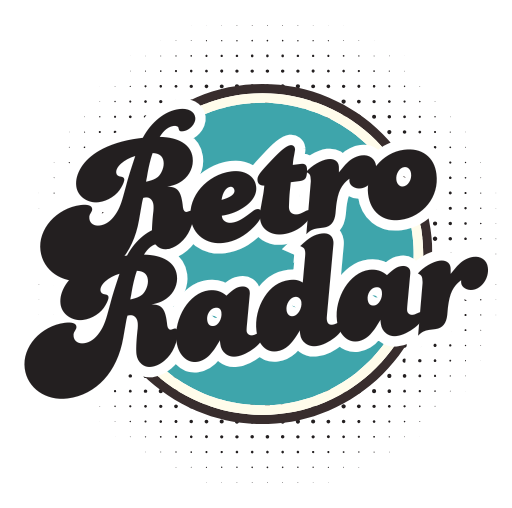17 Daily Habits From The ’50s That Feel Like A Thing Of The Past
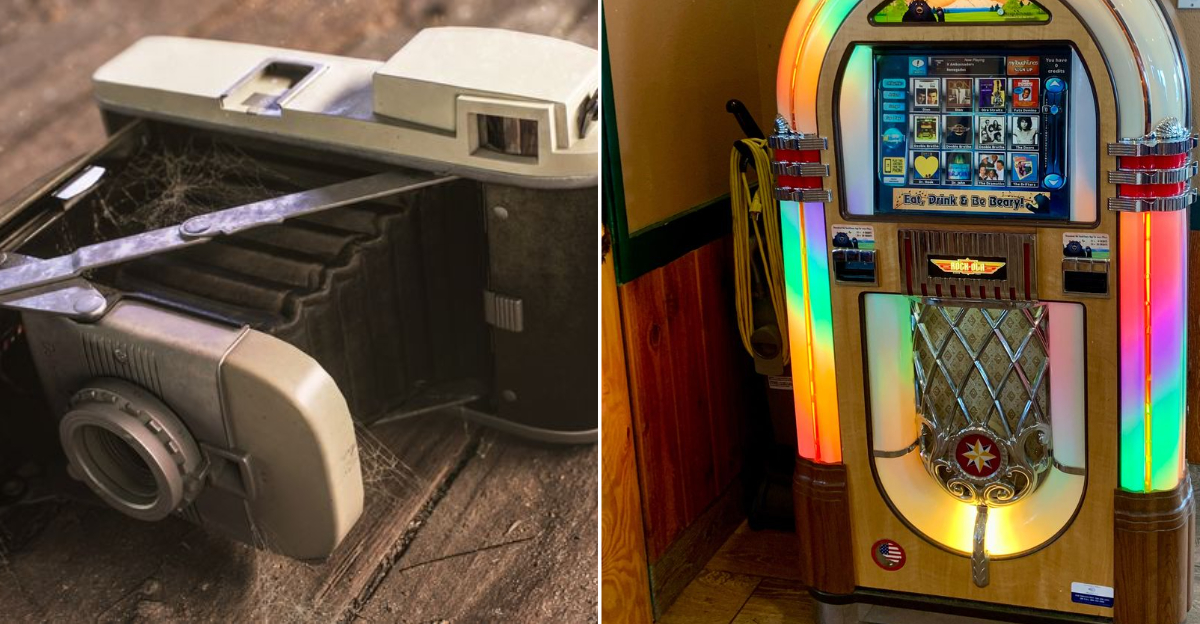
The 1950s were a time of distinct habits and routines that seem almost alien in today’s fast-paced world. These habits, once the norm, now serve as charming reminders of a bygone era.
From the way people communicated to how they spent their leisure time, these daily practices have mostly faded away, yet they continue to intrigue and enchant us.
Let’s explore these 17 daily habits from the ’50s that feel like a relic of the past.
1. Milkman Deliveries
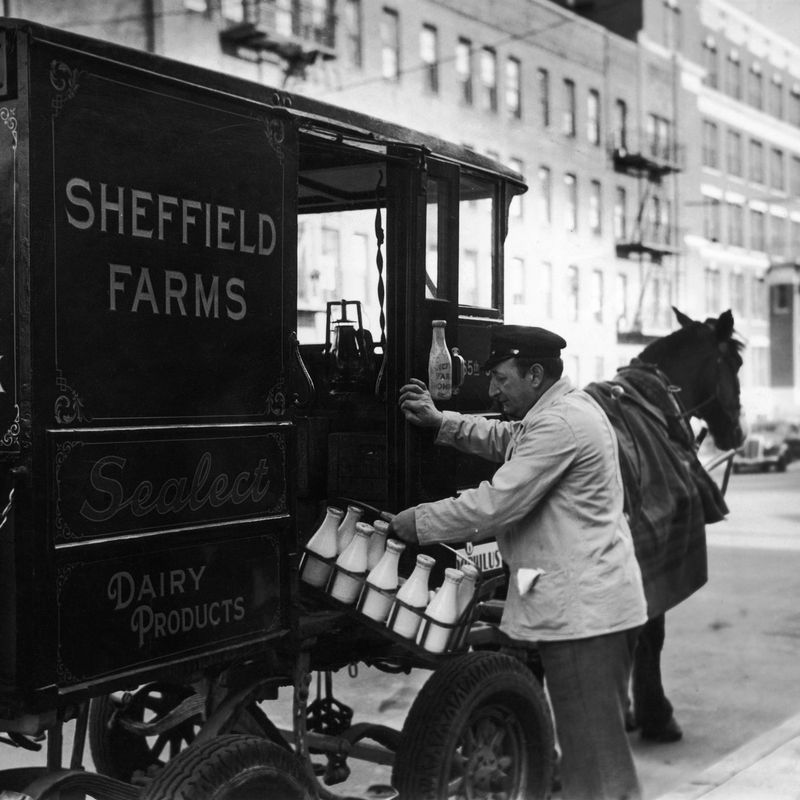
Back in the ’50s, a cheerful milkman was a familiar morning visitor, leaving fresh bottles of milk on the doorstep. This daily ritual was as regular as the sunrise.
The clinking of the glass bottles was a comforting sound that signaled the start of the day.
Unlike today, where a quick grocery run suffices, waiting for the milkman was an exercise in patience. This method of delivery was not just about convenience; it was about community and connection, something that seems lacking in today’s world.
2. Family Dinners
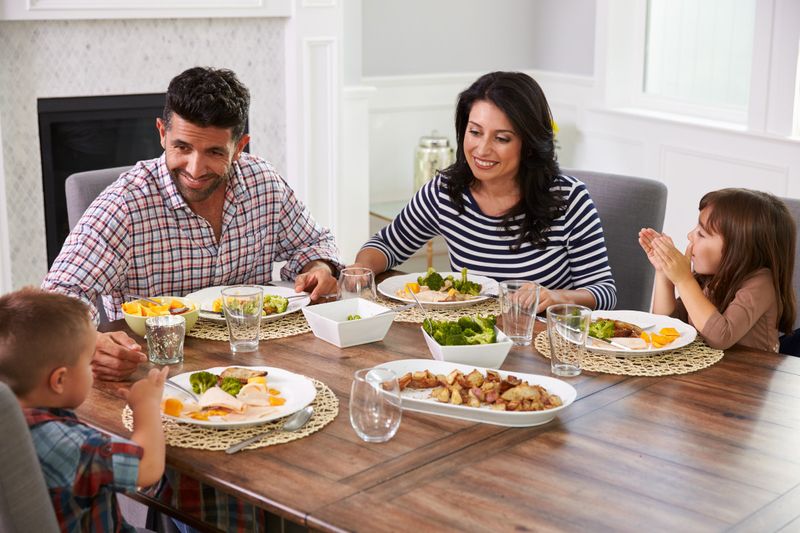
Back then, family dinners were more than just meals; they were cherished gatherings. Families sat together every evening, sharing food and stories, creating bonds that lasted a lifetime. It was a sacred time, free from distractions.
Today’s fast-paced life often sidelines this tradition. The era’s emphasis on family unity is often missed in our busy world.
While takeaways have become the norm, the warmth of a home-cooked meal shared with loved ones is irreplaceable. These dinners fostered love and understanding.
3. Door-to-Door Salesmen
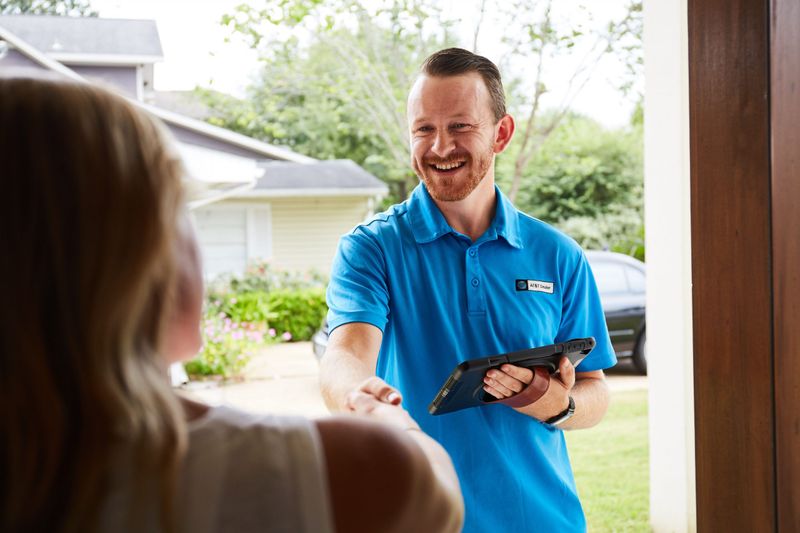
Door-to-door salesmen were a common sight in this era, pitching everything from vacuum cleaners to encyclopedias. Their persuasive charms were hard to resist. It was an era where personal interaction was key.
The rise of online shopping has rendered this job nearly extinct. But back then, welcoming a salesman was part of daily life.
It was a chance to learn about new products firsthand, a far cry from clicking ‘add to cart.’ These encounters taught valuable social skills and negotiation.
4. Television Variety Shows
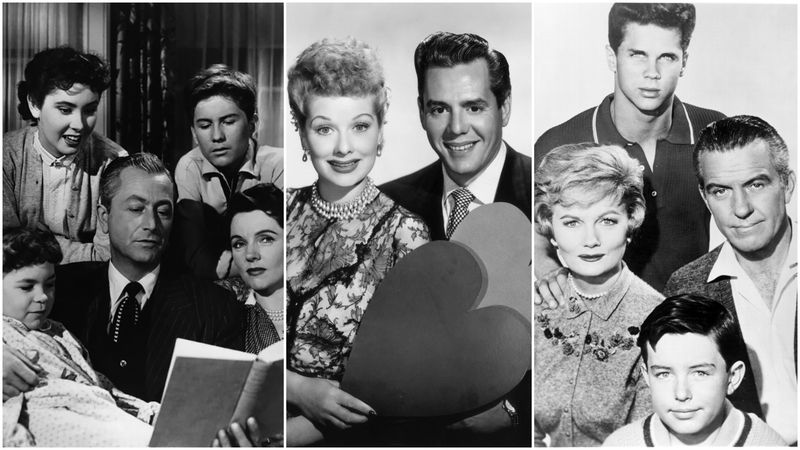
Television variety shows were a staple of ’50s entertainment, bringing laughter and music into living rooms across the country. Families gathered eagerly, not wanting to miss the comedic antics or musical performances.
Unlike today’s streaming services, these shows offered a shared experience, a sense of togetherness. The spontaneity and charm of live performances were part of the allure.
These shows have mostly vanished, replaced by on-demand viewing. Yet, they remain a nostalgic reminder of simpler times.
5. Handwritten Letters
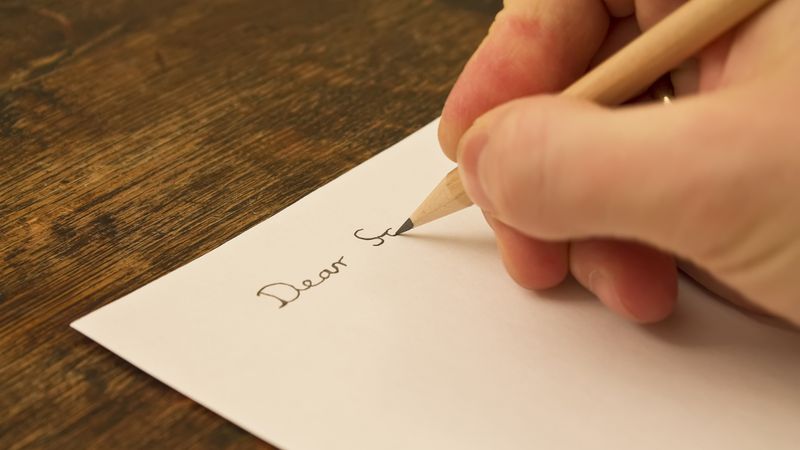
In this era, writing letters by hand was a treasured form of communication. The anticipation of receiving a letter was thrilling. Each word was carefully chosen, each stroke of the pen deliberate.
Emails and texts have replaced this art, but the personal touch of a handwritten letter is unmatched. It was a way to express emotions and thoughts deeply.
The time and effort put into writing made the message special, a heartfelt connection that digital communication often lacks.
6. Sunday Best
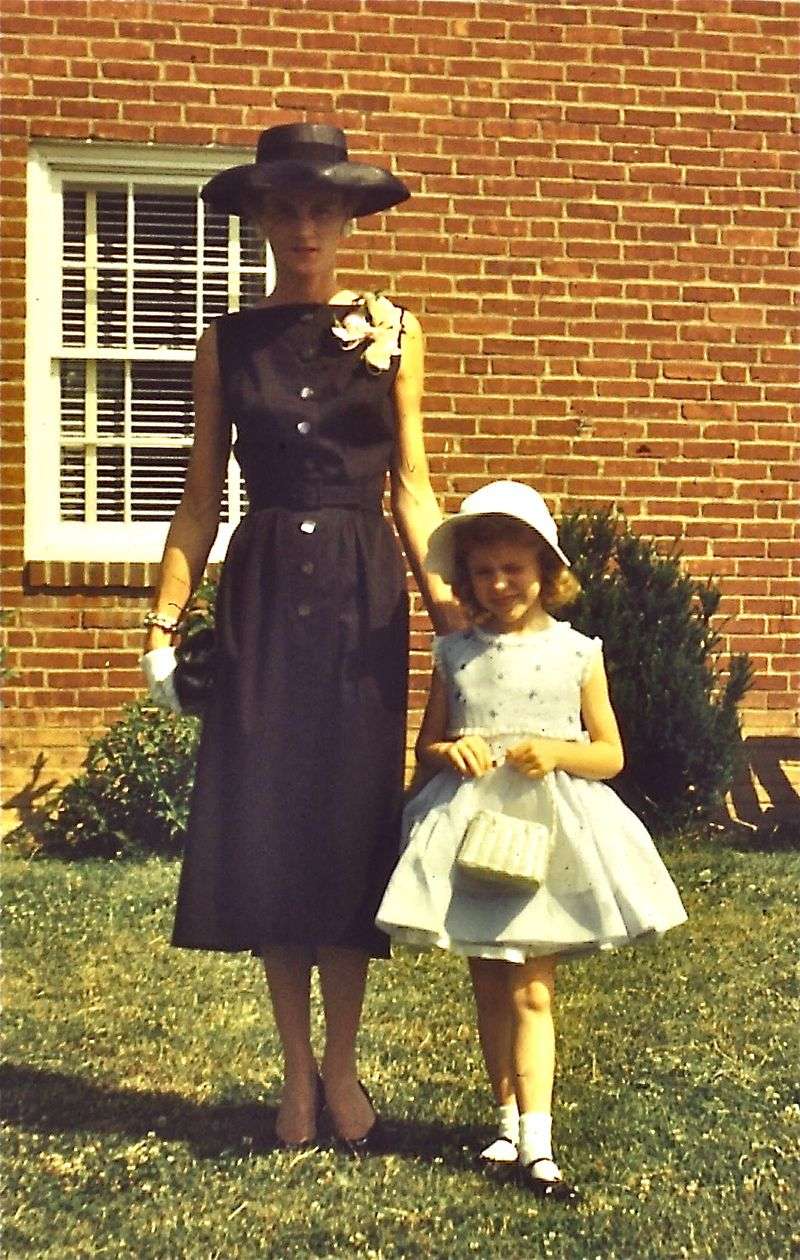
Dressing in one’s Sunday best was a widespread 1950s tradition. People wore their finest clothes to church or social gatherings, showcasing elegance and respect. It was a symbol of pride and community.
Today, casual wear dominates, and formal attire is reserved for special occasions. This habit taught grace and self-presentation.
The ritual of polishing shoes and straightening ties was an act of preparation and anticipation. It instilled a sense of occasion, something that’s often missing now.
7. Rotary Dial Telephones
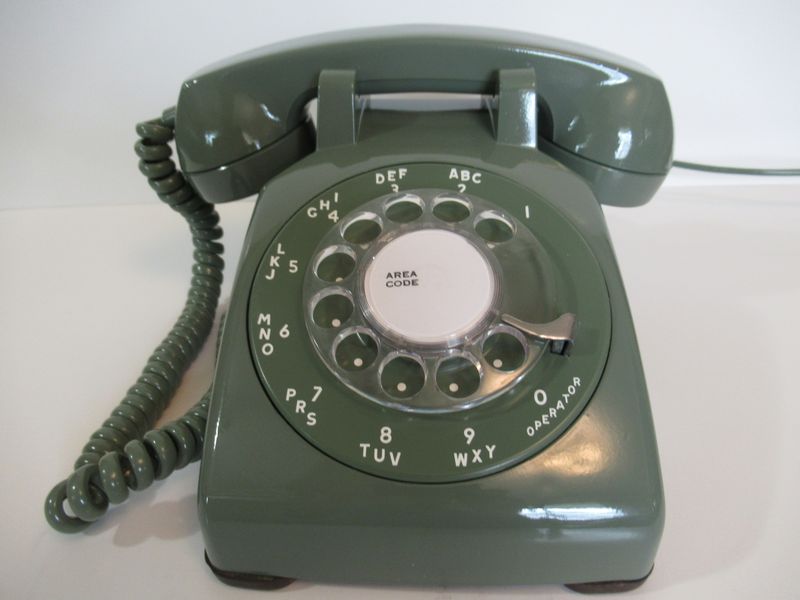
The rotary dial telephone was a fixture in every household. Making a call required patience and precision. The clicking sound of the dial turning was a familiar melody.
In our era of smartphones, this technology seems cumbersome. Yet, it was a lesson in focus. Calls were intentional and meaningful.
There was no texting or social media distractions, just pure conversation. This simplicity fostered genuine connections that are often lost in today’s communication methods.
8. Vinyl Records
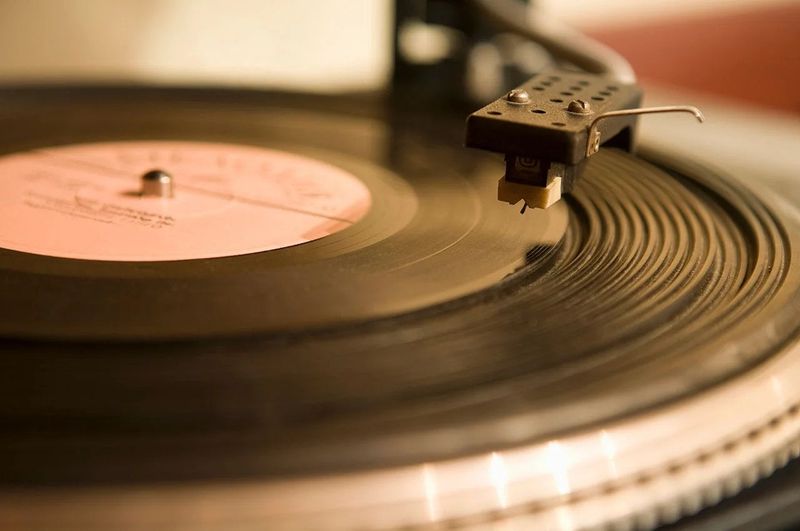
Vinyl records were the heartbeat of 1950s music culture. Listening was a ritual, from carefully placing the needle to enjoying every crackle and pop. Each album was a journey, a shared experience with friends or family.
Modern digital music lacks this tangible engagement. The art of album covers and liner notes added depth to the listening experience.
Collecting records was a passion, a way to express one’s musical identity. This analog charm is slowly returning, but its heyday was the ’50s.
9. Homemade Ice Cream
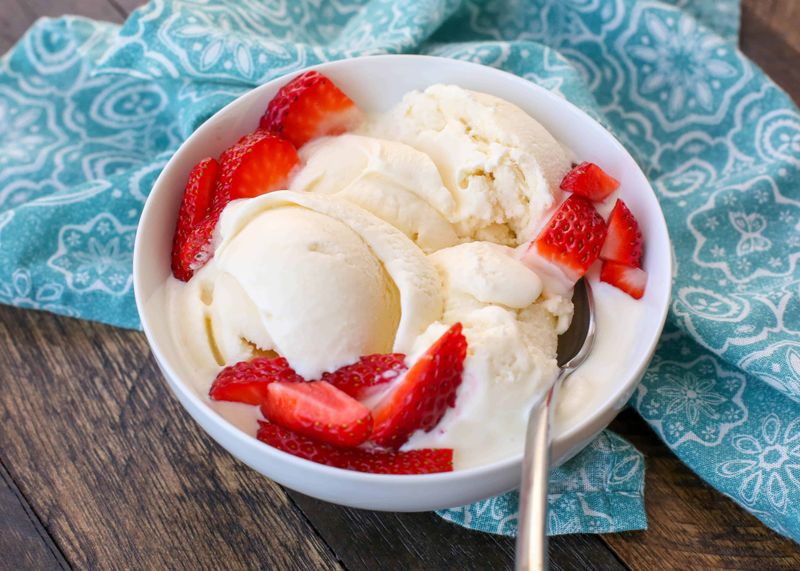
Making homemade ice cream was a delightful 1950s pastime. Families gathered in the backyard, taking turns cranking the ice cream churn. The anticipation was as sweet as the treat itself.
Store-bought ice cream can’t replicate the joy of crafting your own. It was an activity that brought families together, a shared moment of pleasure.
Each scoop was a reward for the effort put in. This slow, rewarding process is a stark contrast to today’s instant gratification.
10. Pin-Up Hairstyles
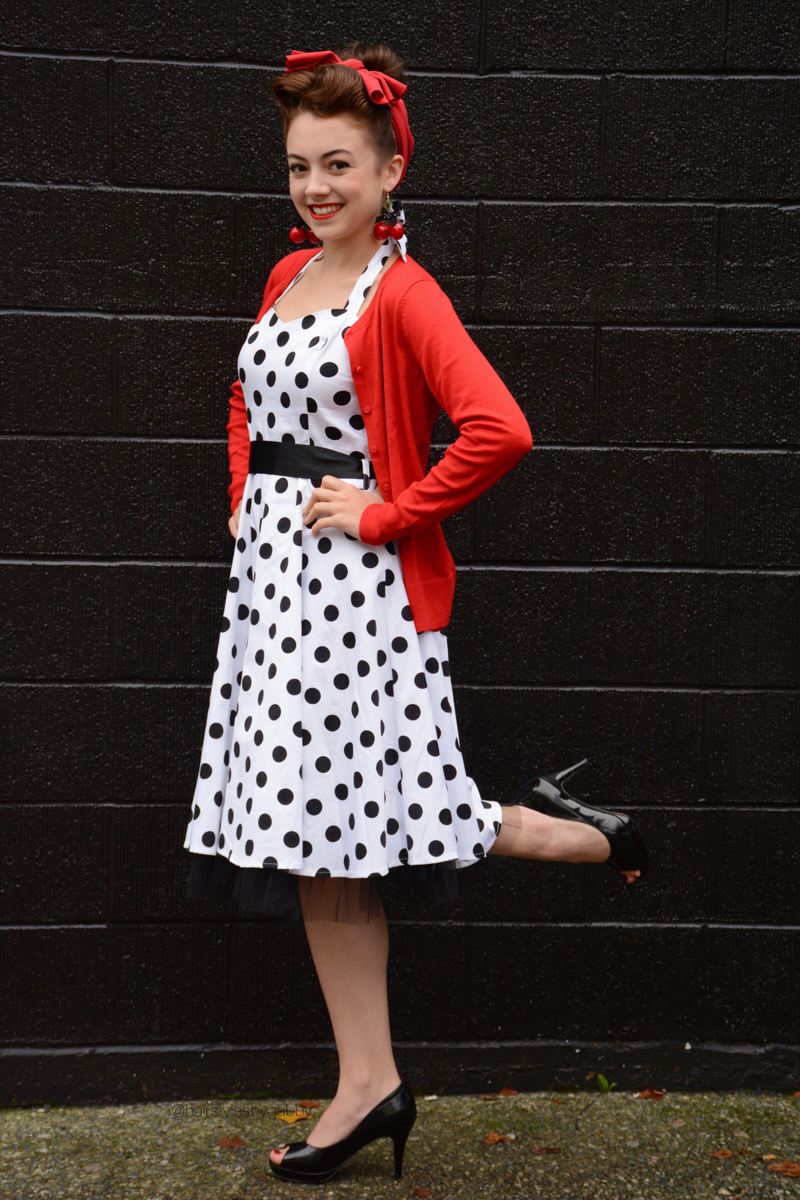
Pin-up hairstyles were the epitome of this era’s fashion. Women spent hours perfecting curls and waves, using rollers and hairspray to achieve the desired look. It was an art form.
Today’s hairstyles favor quick and simple, but the elegance of a pin-up style is timeless. It required skill and patience, a way of expressing individuality and creativity.
These glamorous styles were worn with confidence, a nod to the beauty standards of the time. They remain a symbol of vintage allure.
11. Drive-In Theaters
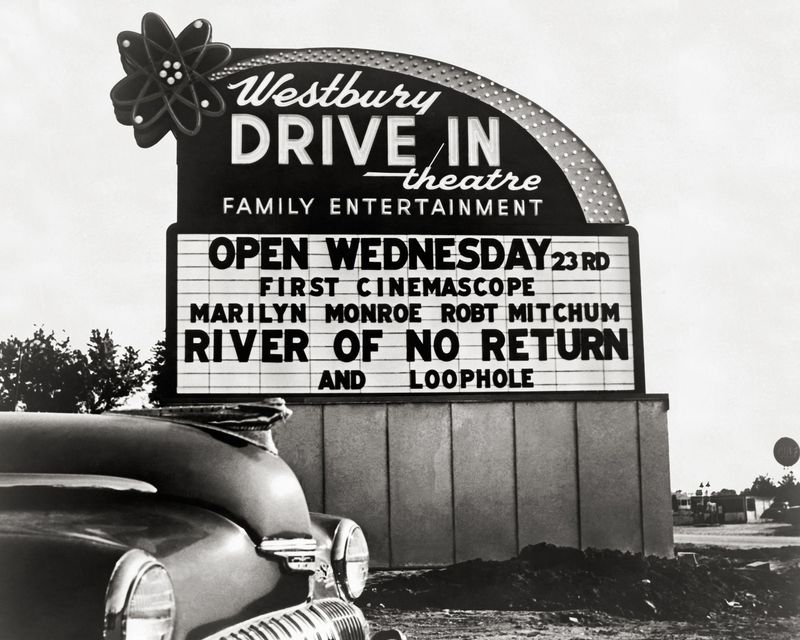
Drive-in theaters were a beloved 1950s pastime, offering an open-air cinema experience. Families and couples arrived in their cars, ready to enjoy movies under the stars.
The novelty of watching films from the comfort of your car was a thrill. It was an event, an outing that combined entertainment with the joy of being outdoors.
These theaters fostered a sense of community and adventure. Though rare today, drive-ins evoke nostalgia for a time when entertainment was an experience.
12. Jukebox Jive
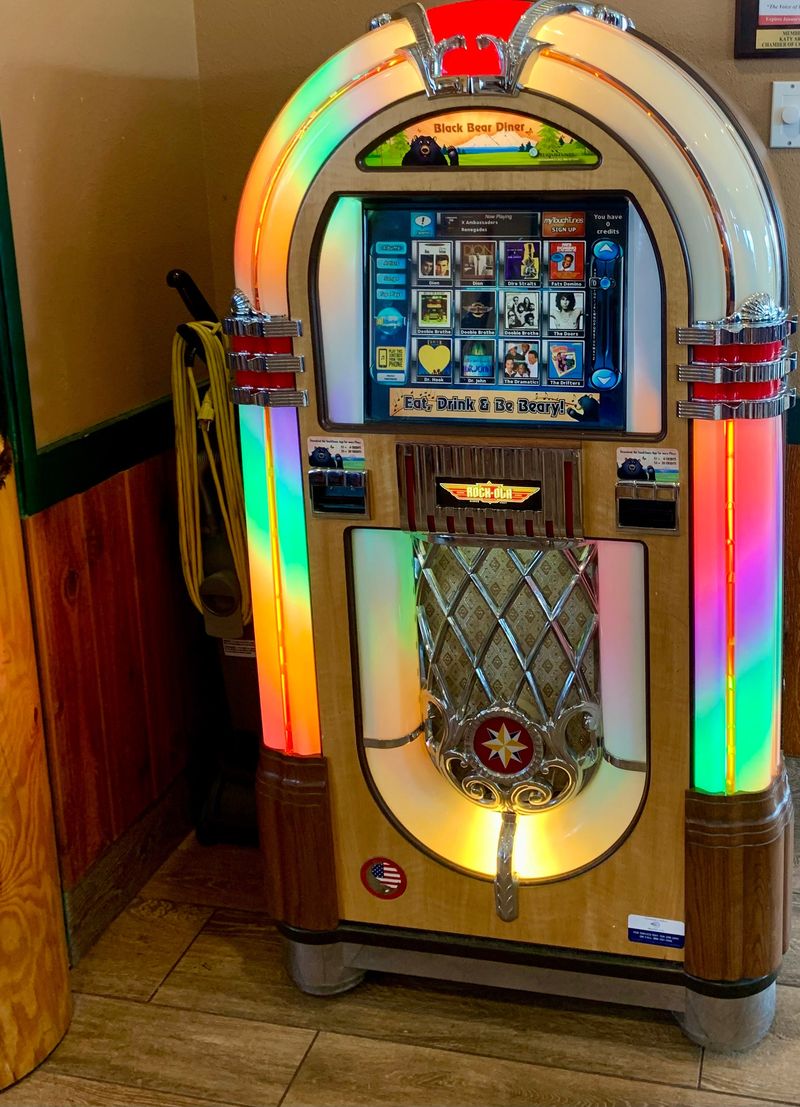
The jukebox was the heart of every diner back then. Teens gathered around, eager to play the latest hits. Each selection was a dance invitation, a chance to showcase moves.
Digital playlists can’t capture the excitement of picking a song from a jukebox. It was spontaneous and social. The vibrant jive and rock ‘n’ roll tunes filled the air, creating an electric atmosphere.
Jukeboxes were more than music machines; they were catalysts for fun and camaraderie.
13. Polaroid Cameras
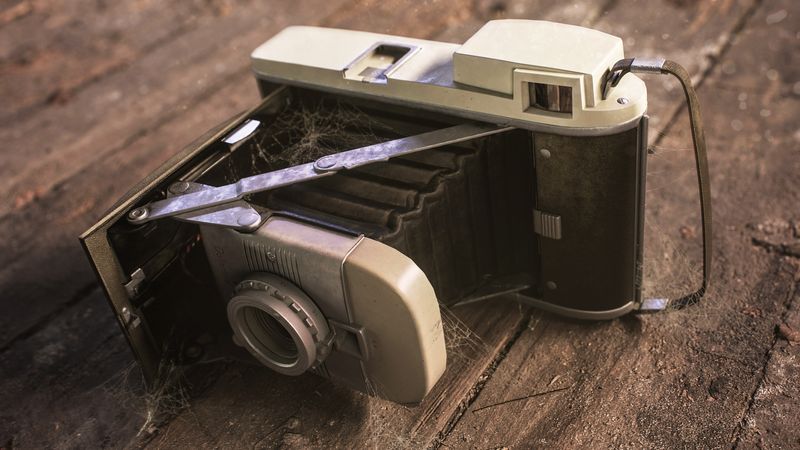
Polaroid cameras were revolutionary in the ’50s, offering instant photography magic. Snapping a photo and watching it develop before your eyes was thrilling.
Today’s digital cameras provide convenience, but the charm of a Polaroid is unparalleled. Each picture was a keepsake, a tangible memory.
The anticipation as the image came into view was part of the fun. This tactile experience made photography accessible and exciting, capturing moments in a way that’s both nostalgic and timeless.
14. Manual Typewriters
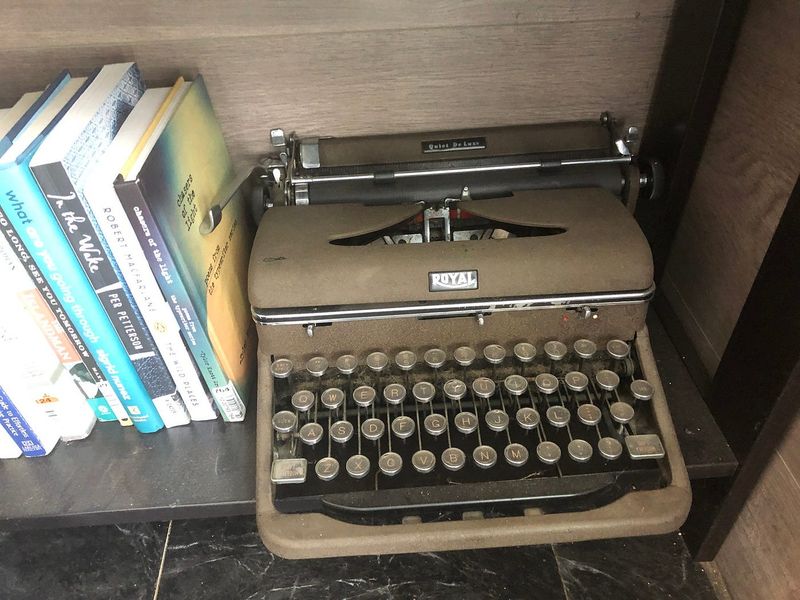
The clatter of a manual typewriter was a familiar sound back then. Typing required force and rhythm, a physical act of creation. Each keystroke was deliberate.
In a world of computers, typewriters seem antiquated. Yet, they taught discipline and focus. Mistakes were permanent, encouraging precision.
The satisfaction of a finished page was immense. This method of writing demanded presence, a stark contrast to today’s digital distractions. Typewriters were tools of thought and expression.
15. Roller Skating Rinks
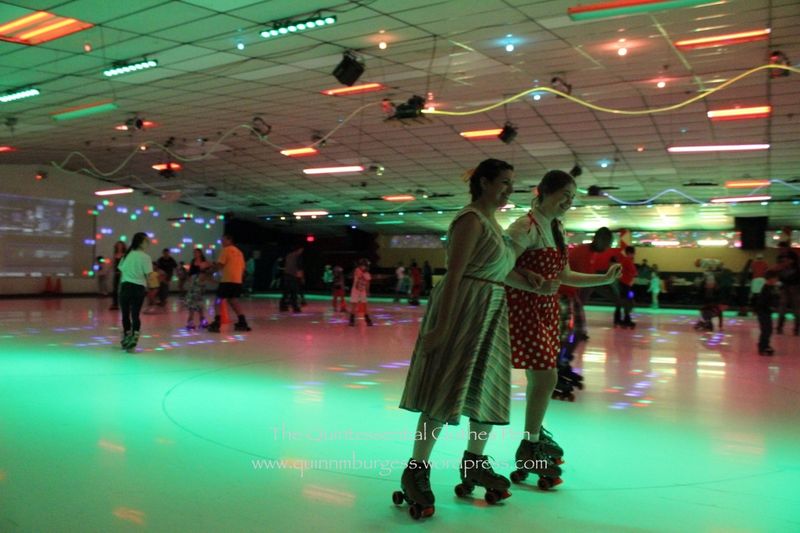
Roller skating rinks were vibrant hubs of 1950s social life. Teens flocked to them, eager to skate and socialize. The sound of wheels on the wooden floor was exhilarating.
Today’s entertainment options have overshadowed this pastime. But back then, rinks were places of freedom and fun.
Skating was a skilled dance, a way to express individuality. The lively atmosphere and music created unforgettable memories. Roller rinks were not just about skating; they were a lifestyle, a way to connect.
16. Canning and Preserving
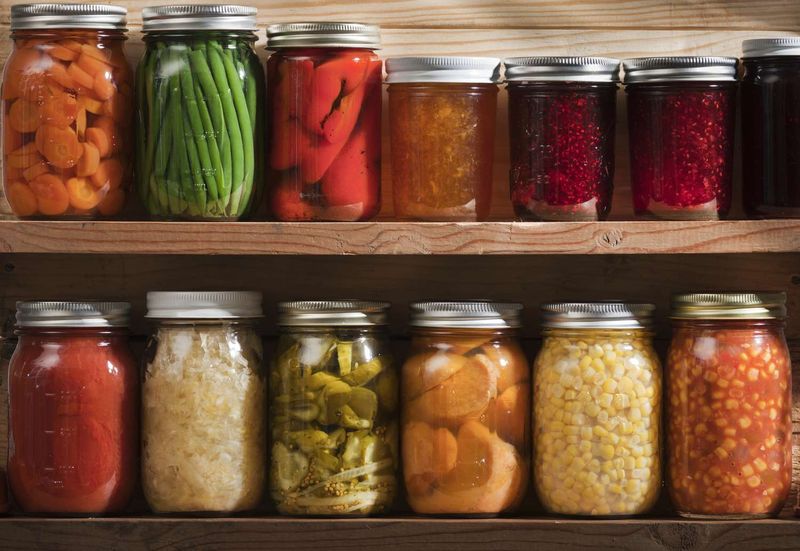
Canning and preserving were essential kitchen skills in this era. Homemakers spent hours preserving the season’s bounty, filling pantries with colorful jars.
This tradition has faded with the rise of supermarkets, but it was a way to savor flavors all year. It taught resourcefulness and patience.
Each jar was a testament to hard work, a prideful display of self-sufficiency. The sweet and savory preserves were not just food; they were an embodiment of love and care, sustaining families through the seasons.
17. Dance Halls
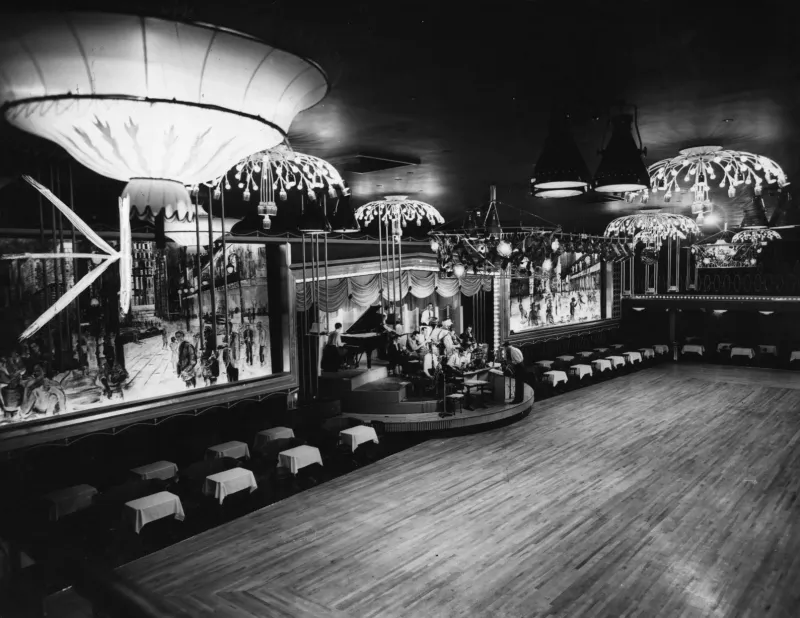
Dance halls were the heartbeat of 1950s nightlife. People of all ages gathered to swing and sway to live bands. It was a time to dress up and let loose.
Modern clubs lack the charm of these vibrant venues. Dance halls were about connection, dancing cheek to cheek. The rhythm of the music and the joy of movement created magical evenings.
They were places of romance and camaraderie, a social adventure where everyone was welcome. The elegance and energy remain unmatched.
